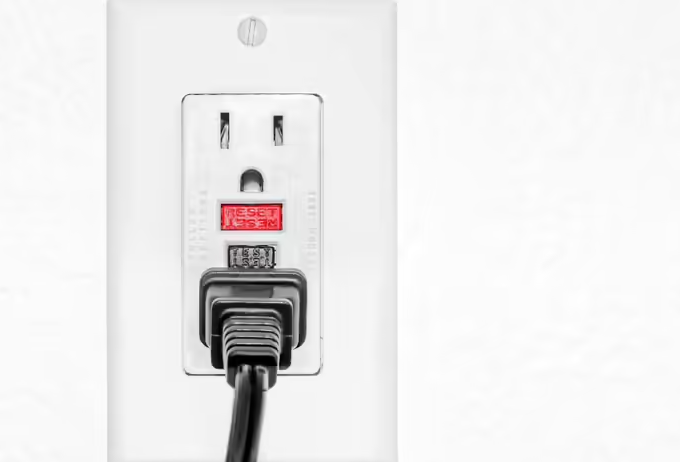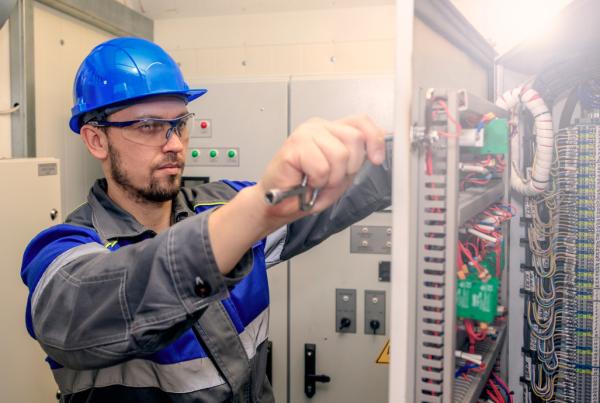Understanding GFCI for Personnel, GFCI for Equipment, and AFCI Breakers: Applications and Differences
In the world of electrical safety, Ground Fault Circuit Interrupters (GFCI) and Arc Fault Circuit Interrupters (AFCI) play crucial roles in protecting both people and equipment from electrical hazards. Understanding the differences between GFCI for personnel, GFCI for equipment, and AFCI breakers is essential for ensuring the correct application in various settings, especially in construction and construction-related businesses.
GFCI for Personnel
GFCI for personnel is designed to protect individuals from electric shock. These devices monitor the balance of electrical current moving through a circuit. In a typical 2-wire circuit, the current moving to an electrical device should equal the current returning from the device. A GFCI for personnel detects imbalances as small as 4 to 6 milliamperes and reacts quickly (within one-tenth of a second) to shut off the electricity.
This type of GFCI is commonly used in residential and commercial buildings, especially in areas where electrical circuits may accidentally come into contact with water. For instance, GFCIs are required in bathrooms, kitchens, garages, outdoor areas, and anywhere near a water source.
GFCI for Equipment
While personnel GFCIs are designed to protect humans, GFCI for equipment focuses on protecting electrical devices and appliances. These are typically used in industrial settings where the protection of expensive machinery and equipment from ground faults is paramount. Equipment GFCI can handle larger circuit capacities and may have higher trip thresholds, making them suitable for industrial applications where higher current levels are normal and not indicative of a ground fault.
GFCI for equipment is essential in construction sites with heavy machinery, in factories, or in any setting where large electrical equipment is frequently used. The implementation of equipment GFCIs helps in preventing costly equipment damage due to ground faults, which can occur due to insulation wear, equipment overuse, or exposure to harsh environments.
AFCI Breakers
Arc Fault Circuit Interrupters (AFCI) are designed to protect against fires caused by arcing faults in electrical wiring. An arc fault is an unintended arc created by current flowing through an unintended path. This can happen when wires are damaged, such as from nails or screws piercing wiring, or from appliances overheating and deteriorating the wire insulation. AFCIs detect these hazardous arc-fault conditions and immediately shut down the power.
In residential applications, AFCI breakers are increasingly becoming a standard requirement, especially for bedroom circuits. They are also essential in renovation projects or in any situation where the integrity of electrical wiring might be uncertain. AFCIs are not currently required in most commercial or industrial settings, but they are increasingly recognized as an important safety measure.
Correct Application of Each Type
- GFCI for Personnel: These should be installed in residential, commercial, and construction settings where electrical circuits could come into contact with water or where people are in close proximity to electrical devices. For construction businesses, portable GFCI devices are available that can be easily moved and used wherever needed on a construction site.
- GFCI for Equipment: These are crucial in industrial environments where protecting expensive machinery and equipment from ground faults is necessary. They are particularly important in settings with high moisture levels or where equipment is exposed to harsh conditions.
- AFCI Breakers: Ideal for residential settings, particularly in new construction and renovation projects where the risk of arc faults may be higher due to unknown conditions of existing wiring. They are also advisable in older homes where wiring may have degraded over time.
Conclusion
In conclusion, understanding the differences between GFCI for personnel, GFCI for equipment, and AFCI breakers is crucial for electrical safety. Each type serves a specific purpose: GFCI for personnel protects individuals from electric shock, GFCI for equipment safeguards expensive machinery, and AFCI breakers prevent fires caused by electrical arcing. Correct application of these devices in residential, commercial, and industrial settings can significantly reduce the risk of electrical accidents and equipment damage, contributing to a safer and more efficient work environment. As the construction industry continues to evolve, the integration of these safety devices becomes ever more critical in maintaining high safety standards and protecting both people and assets.




